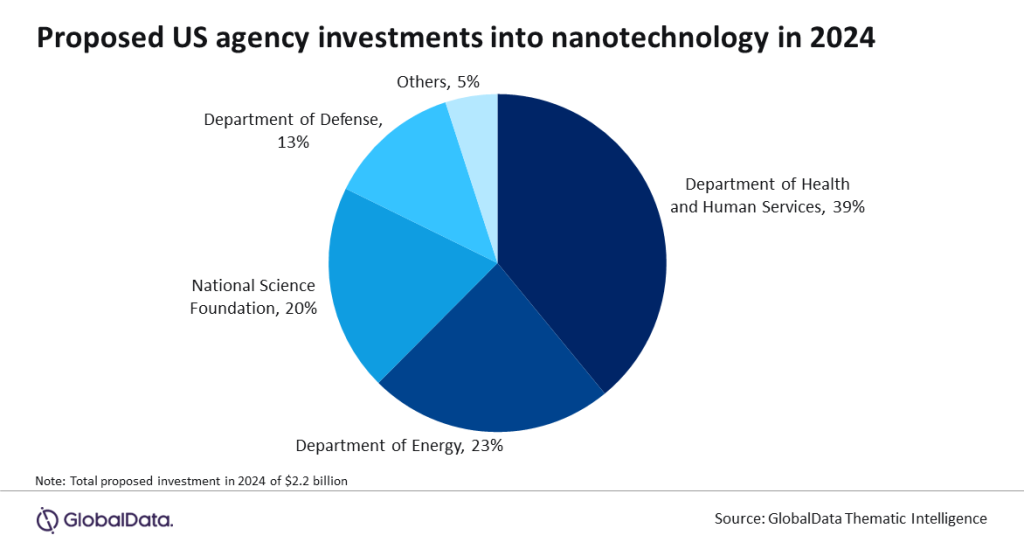National Nanotechnology Day was October 9, and the 2024 NIOSH Nanotechnology Health and Safety Summit was last week. Nanotechnology offers a lot of opportunities for several industries such as healthcare, manufacturing, energy, automotive, and a few others. But let’s not put the cart before the horse. And as much as we all want to start celebrating, we still need to climb some tall mountains that are more than creating a few hurdles now.
Following the development of the National Nanotechnology Initiative in 2000, the United States has been investing in nanotechnology, with the total proposed investment reaching $2.2 billion in 2024. The Dept. of Health and Human Services received the largest share of the funding, followed by the Dept. of Energy. Let’s look at how this proposed investment is unfolding.

But, first, what exactly is nanotechnology? Simply, it is the manipulation of matter with at least one dimension sized from 1 to 100 nanometers. The National Institutes of Health says at the nanoscale, the physical, chemical, and biological properties of materials differ from the properties of matter either at smaller scales, such as atoms, or at larger scales that we use in everyday life such as millimeters or inches. Nanotechnology involves imaging, measuring, modeling, and manipulating matter only a few nanometers in size.
The benefits: The technology can help in many ways. Generally, nanotechnology is enabling better performance of electronic devices. In healthcare, specifically, nanotechnology is changing how the industry does diagnostics, drug delivery, and medical imaging, just to name a few.
The challenges: Perhaps some of the biggest challenges here are the regulatory hurdles and consumer perceptions of nanotechnology. GlobalData says despite unclear regulation, nanotechnology is a strong area of investment for many governments. Countries like the United States, China, and members of the European Union are heavily investing in nanotechnology to secure a competitive edge in the global market, drive economic growth, and address critical societal challenges.
The opportunities:The United States is investing in the technology, as evidenced by the $2.2 billion. China has invested in nanotechnology research for more than two decades and has made nanotechnology a major area of its 13th Five-Year Plan.
Consider a few examples. Purdue University researchers have developed patent-pending one-dimensional boron nitride nanotubes containing spin qubits, or spin defects. The BNNTs are more sensitive in detecting off-axis magnetic fields at high resolution than traditional diamond tips used in scanning probe magnetic-field microscopes. Applications include quantum-sensing technology that measures changes in magnetic fields and collects and analyzes data at the atomic level.
As another example, nanoparticles have been used during the COVID-19 pandemic and can be used in nanotechnology-based COVID vaccines and therapeutics. Nanorobots can also be used to deliver medicine directly to tumor cells. And nanoparticles can be used to enhance the accuracy of diagnostic imaging.
Certainly, the opportunities are limitless, as we continue to explore how to advance the nanotechnology. What are your thoughts? What opportunities do you see in your own industry?
Want to tweet about this article? Use hashtags #IoT #sustainability #AI #5G #cloud #edge #futureofwork #digitaltransformation #green #ecosystem #environmental #circularworld #nanotechnology


